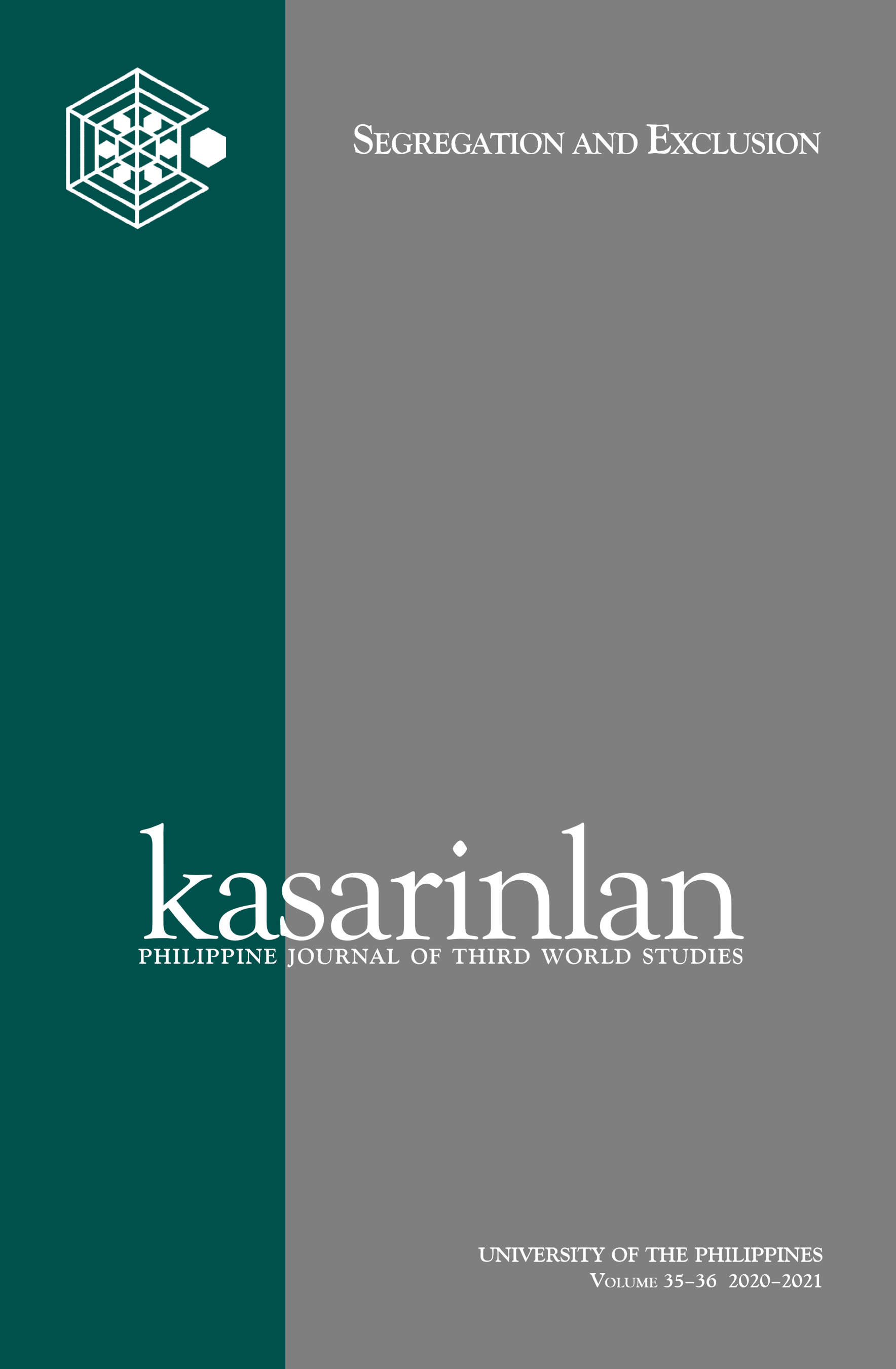How Preserving Biodiversity Mitigates the Impacts of Small-scale Land Grab on Livelihoods and Agricultural Production in Central Java
Abstract
Large-scale land grabbing has had much attention in the literature in recent years, leaving little room for research on small-scale land grabbing and its impacts. Notably, because of the varied contexts in which these small-scale land grabs have happened, few studies have focused on the different mitigation strategies that can either be adopted by communities or are simply inherent in rural communities. This article contributes to filling this gap by presenting a case of small-scale land grab in the highlands of Central Java, and by using a landscape approach within the framework of ecoagriculture. First, the community of Soko Kembang hamlet and the surrounding landscape, located in the subdistrict of Petungkriyono, district of Pekalongan, are described, as well as their multifaceted dynamics. Second, it is shown that the drawbacks in the community brought about by a land grab in 2013, where all rice fields were forcibly sold for a low price to the state electricity enterprise, are somewhat compensated by the benefits associated with a local biodiversity conservation project. More precisely, the agroforestry systems promoted within this project are sustained harmoniously with the natural environment and its primate populations, while being directly beneficial to the community. Thus, although this mitigation strategy has not been adopted directly in response to the rice fields grab, this study shows how complex socio-ecological systems can help enhance the resilience of rural communities in the face of social disturbances. And it also shows how an analysis based on a landscape approach, more precisely within the framework of ecoagriculture in this very case, can shed some light on such complex systems.



